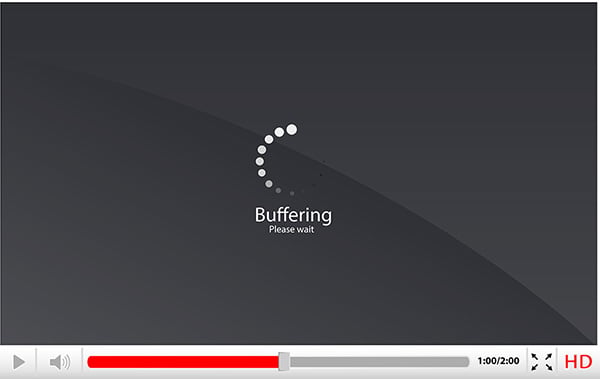Video is predicted to continue to be the number one media 2017, as of 2016. With that prediction comes high demands on delivering video content. This blog post is the third part of our series on media formats and we hope you'll find it useful.
The last couple of weeks we have been through Delivery vs. Intermediate and Print vs. Screen. This leaves us with Streaming vs. Direct play.
Streaming vs. Direct play
Video is becoming more common today with the advent of extremely capable digital cameras that take both stills and record video. Even smartphones record high resolution video today!

Video takes up a lot of space and when streaming that’s a bad thing. The file must be transferred faster than the video plays, otherwise we will experience stuttering or buffering. To make matters worse, not all clients support all video formats.
As I mentioned earlier the video formats are a jungle to navigate, but the most common one (today) is H.264 encoding in an MP4 file. With enough compression applied it is possible to get great looking video at small file sizes. Perfect for streaming!
When playing video from local storage, as in a previously downloaded video, you have the luxury of fancier formats and larger sizes which means that you can increase the resolution and quality. For the best result, it is important to target the intended screen resolution and use a high enough quality that no artifacts are seen. Most platforms today have hardware support for H.264 encoding which means that it can be a great format even for direct play, the difference then lies in the quality and resolution settings.
The DAM Perspective - Media Formats Part 1 & 2

